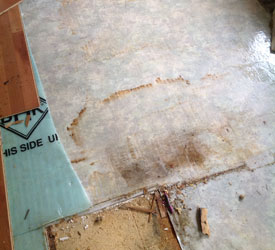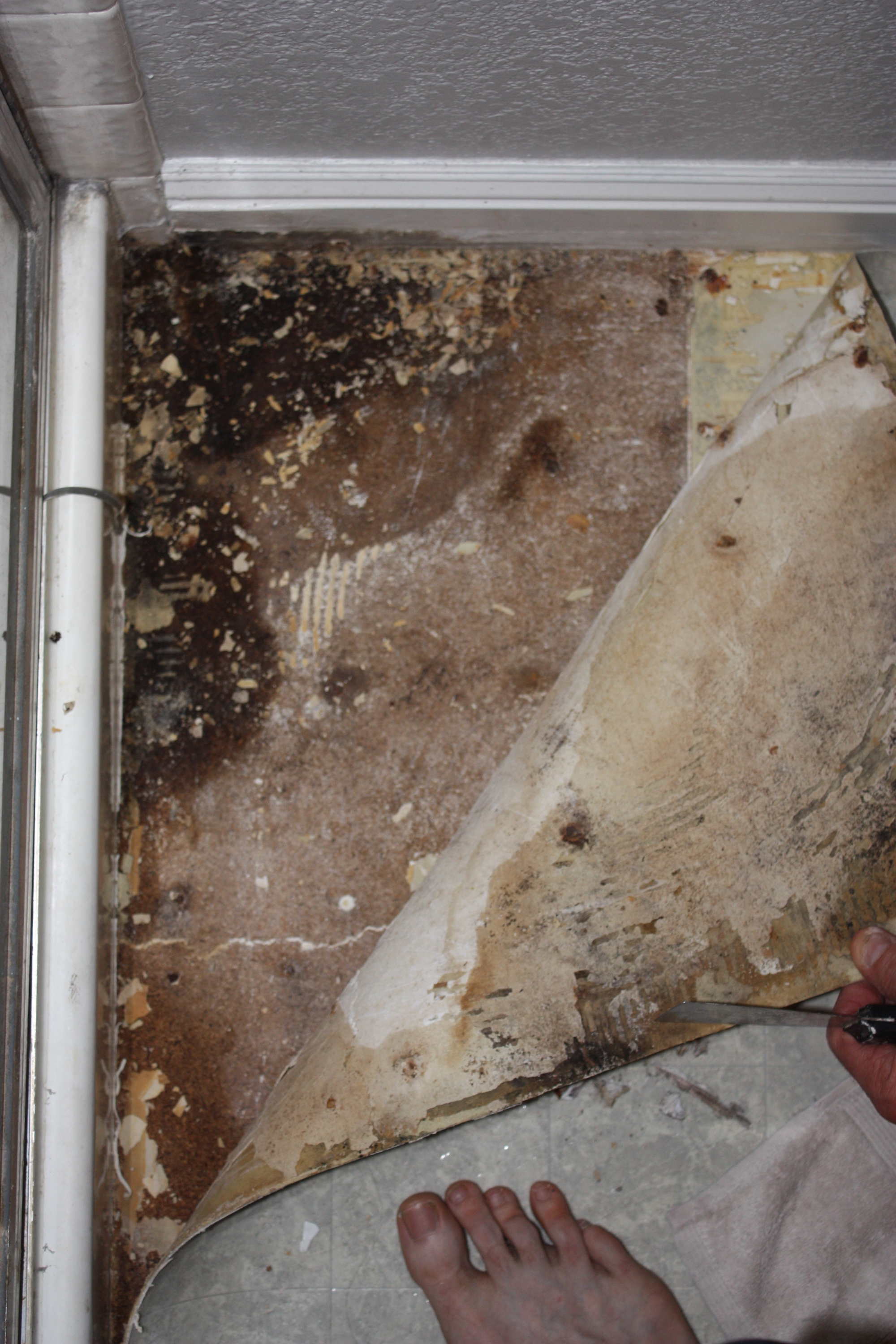Searching for Indications of Water Damage in the Bathroom
Searching for Indications of Water Damage in the Bathroom
Blog Article
Are you on the lookout for help and advice concerning Looking for Signs of Water Damage in the Bathroom?

The bathroom is very at risk for damp buildup and prospective water damages due to the regular use of water in it. This short article uses simple evaluation strategies to help discovering water damages risks.
The regular use water in the restroom makes it extremely susceptible for wet build-up and also potential water damages. By inspecting it frequently, you can lower water related problems.
The following set of examinations is easy to carry out and also should be done when in every 3 months in order to keep your shower room healthy and also to prevent prospective water problems caused by the tub, the shower, pipeline joints and plumbing, sinks, cupboards, and also the toilet
Do not overlook doing these inspections as well as be complete while performing them. Keep in mind that these easy assessments can save you a great deal of money by supplying very early indications for water damage
Bath tub and Shower
The shower as well as bath tub require special interest and also maintenance. Inspect the tiles as well as change if cracked. Ensure that there is no missing out on cement between the tiles. Check and also replace broken caulking at joints where the wall surfaces fulfill the floor or the bathtub. Blocked drains pipes and also pipes issues will certainly protect against the bathtub from drying as well as might show serious issues underneath the bath tub. Consult with a professional right away to stop architectural damages. Pay attention to discolorations or soft areas around the tub wall surfaces as they might show an inner leak.
Plumbing
Signs for water damage are hard to discover considering that a lot of pipes are set up inside the wall surfaces.
Pay unique interest to flooring and walls moisture and also discolorations as they might suggest an undetectable plumbing issue. Inspect moisture levels in adjacent areas too.
Sinks as well as Cabinets
Sinks as well as cupboards are exposed to moisture and also moisture everyday as well as are frequently overlooked. Evaluate on a regular basis under the sink as well as on the countertop over it. Fix any type of drip in the trap as it may recommend drainpipe problems. Look around the sink, slow-moving draining pipelines may indicate an obstructed drainpipe. Replace sink seals if they are cracked or loosened.
The Bathroom
The toilet is a vulnerable water joint. Inspect the water lines and look for leakages around the toilet seat, in the hose, and also under the water storage tank. If you detect any kind of indications of moisture on the flooring around the bathroom, look for leaks in the toilet rim and also storage tank seals.
Realize that hanging bathroom dish antiperspirants increases the opportunities for blockages.
Water Damage Signs In The Bathroom To Avoid Cleanup
Musty smell
This is one of the easiest signs to catch because musty smells are so odorous. The damp, earthy, moldy smell should be a big red flag. The smell will develop when moisture gets trapped in surfaces, and begins to facilitate mold growth. Leaking pipes under cabinets, inside walls, and behind shower fixtures will cause moisture to stay trapped and not dry, which will lead to mold growth and spread. As soon as you notice any musty smells in your bathroom, have it checked for hidden water damage and cleanup signs.
Visible mold
If the smell isn’t there to give it away, sometimes you will actually see mold growth. Finding mold in your bathroom is a serious problem, because mold is very harmful to your health. By the time mold growth is visible, it also means that water damage has already occurred and been present for some time. The only way the mold problem can be resolved is to find the source of the moisture and get it stopped. To safely and adequately remove mold, you need to have professionals handle the remediation. Do not waste any time in getting mold problems addressed, fixed, and sanitized so that you can protect you and your family from the many respiratory symptoms caused by mold exposure.
Damaged floors
Bathroom floors should be able to withstand some exposure to water while still remaining in good condition. However, when excess exposure or water leaks occur, they will begin to damage even the most water-resistant flooring. If you notice any cracking, bubbling, staining, or warping on your bathroom floors, there is probably a water leak somewhere causing the distortion. If you notice areas of the floor have become softer, or even have a spongy feeling, there is probably damage to the subfloor. Subflooring is typically made up of plywood. When plywood is exposed to water or moisture, it will absorb it. Once it has become saturated, the weight of the excess water will cause the wood to swell and soften. Check the floors in your bathroom frequently to catch any of these sings before they lead to damaged subflooring.
Changes on walls
When water leaks behind walls, it will cause changes in the drywall. Peeling plaster, blistering paint, and soggy wallpaper are all good indicators that excess water is building up behind the wall. Water leaking behind drywall will cause it to swell and be soft to the tough. If you start to notice gaps along the trim of your walls, or where tile meets the wall, it could also be a strong indicator that there is a leak behind the wall. Any changes, distortion, or damage on the walls should be evaluated as soon as you notice it to prevent further water damage and cleanup.

Do you like reading about How to Prevent Bathroom Water Damage? Give feedback down the page. We would be glad to see your ideas about this page. We hope to see you back again soon. So long as you liked our blog entry plz be sure to pass it around. Thanks for going through it.
Click For More Information Report this page